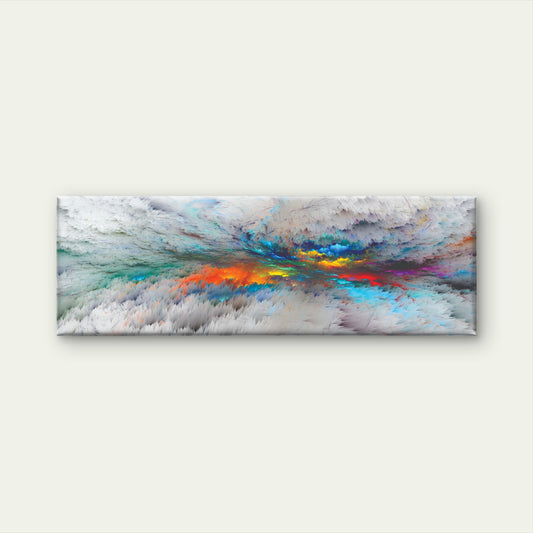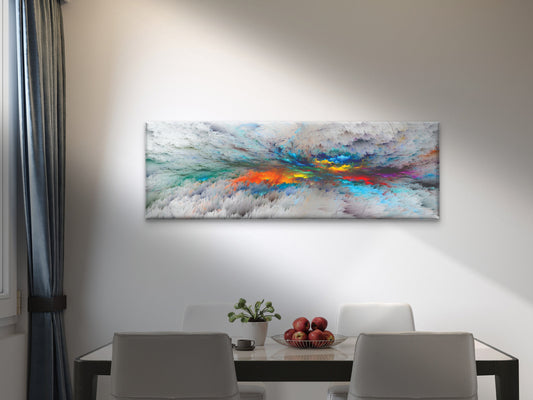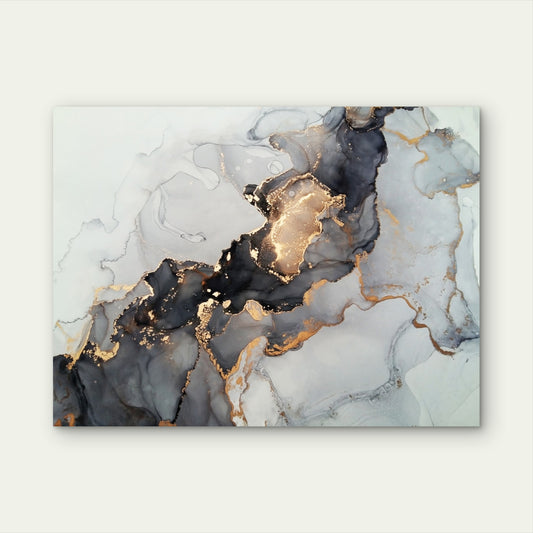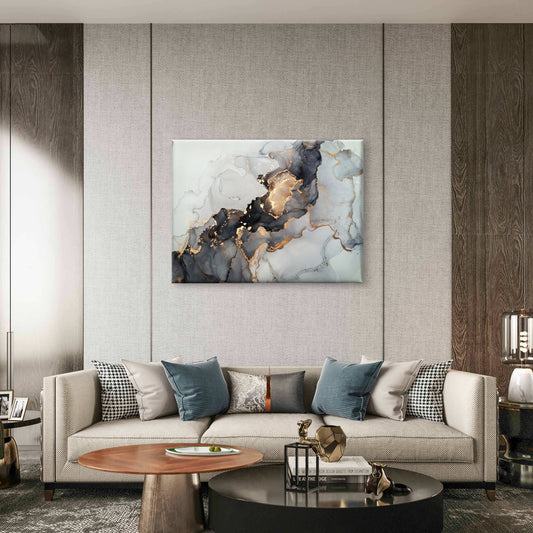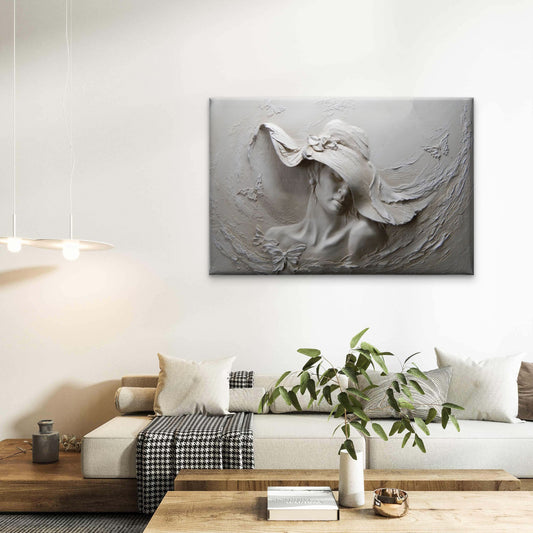Wall art has always played a crucial role in interior design, offering a unique way to personalize spaces, enhance aesthetic appeal, and bring rooms to life. Over the years, the materials used in wall art have evolved, offering a diverse range of options for homeowners to explore. From traditional canvas to modern materials like acrylic glass and metal prints, today’s choices allow buyers to select the perfect piece that aligns with their home’s style, lighting, and color scheme.
In this post, we’ll explore the evolution of wall art materials, and how you can incorporate these options into your home to stay ahead of design trends, while keeping prices and personal taste in mind.
The Origins: Traditional Canvas and Paper Prints
For centuries, canvas and paper were the primary materials used for wall art. Canvas paintings, often considered classic and timeless, provided texture and depth, making them ideal for large statement pieces. Paper prints, on the other hand, were more affordable and easy to frame, offering flexibility in both price and display.
While traditional materials remain popular, buyers looking for art today have far more options, from affordable mass-produced canvas to luxury, hand-painted pieces. When choosing a canvas, it’s important to consider lighting—natural light can bring out the warmth and texture of the artwork, while artificial light can help make certain colors pop.
The Modern Shift: Acrylic Glass for a Sleek Look
As modern interior design became more prevalent, so did the demand for materials that exude a contemporary flair. Acrylic glass prints, known for their sleek, glossy finish, have gained popularity in recent years. Unlike traditional canvas, acrylic glass offers a vibrant, high-definition look, making colors appear more dynamic.
Acrylic is especially well-suited for bright, bold artworks with intricate details. When it comes to lighting, this material works beautifully under spotlights or bright, direct lighting that emphasizes the glossy surface. While prices for acrylic glass wall art can be higher than canvas or paper prints, it offers a long-lasting, gallery-like finish, ideal for modern homes or those with minimalist decor.
Metal Prints: Durability and Industrial Aesthetic
Another modern material making waves in wall art is metal. Metal prints, often created from aluminum, provide a unique industrial aesthetic. The material’s reflective surface highlights sharp contrasts and details, making it a fantastic choice for photography or monochrome artwork.
In terms of durability, metal prints are second to none. They’re moisture-resistant, fade-resistant, and don’t warp over time, making them ideal for rooms like kitchens or bathrooms. Their pricing is typically higher than traditional canvas or paper, but their longevity justifies the cost. Additionally, metal prints work well in spaces with abundant natural or industrial lighting, as the reflective surface amplifies light, adding dimension to the room.
Colors: Enhancing Your Home with Art
One of the most important aspects of choosing wall art, regardless of material, is the color palette. Whether you're buying a new house or simply refreshing your current decor, the colors in your wall art can dramatically affect the mood and feel of your space.
Bright, vibrant colors are excellent for energizing spaces like living rooms or kitchens, while softer hues like pastels and earth tones are better suited for bedrooms and quiet corners. Modern materials like acrylic glass and metal prints are particularly effective for displaying vivid colors, as their surfaces enhance color saturation and vibrancy.
On the other hand, canvas art lends itself well to muted or textured designs, offering a more classic and subtle aesthetic. When purchasing wall art, always consider how the colors will interact with the existing palette of the room, from furniture to lighting, to ensure harmony.
The Impact of Lighting on Wall Art
Lighting can significantly influence how wall art looks in a room. Different materials react differently to light, which is why understanding your lighting situation is key when selecting art for your home.
For example, traditional canvas absorbs light, creating a matte finish that reduces glare, making it suitable for rooms with soft, indirect lighting. Acrylic glass and metal prints, on the other hand, have reflective surfaces that bounce light, making them ideal for spaces where brighter or accent lighting is used to showcase the artwork.
When buying wall art for a new house, it’s essential to consider both natural and artificial lighting sources. Art placed in well-lit areas will benefit from reflective materials like acrylic and metal, while more intimate spaces may call for traditional canvas to create a calm, non-glossy look.
Pricing: Finding the Right Balance
One of the biggest factors influencing your choice of wall art material is price. Canvas prints tend to be more affordable, offering a range of options for budget-conscious buyers. However, high-end, hand-painted canvases can be more expensive, offering a level of uniqueness and texture that mass-produced prints lack.
Acrylic glass and metal prints often sit at the higher end of the price spectrum, but their durability and impact make them worthwhile investments. When buying art for a home, particularly a new house, it’s important to balance your budget with your design vision. If you’re looking for affordable yet stylish options, consider a mix of traditional and modern materials to create an eclectic gallery that meets both your aesthetic and financial needs.
Conclusion
From the timeless appeal of canvas to the sleek, modern finish of acrylic glass and metal prints, wall art materials have come a long way. As a homeowner or someone buying a new house, choosing the right art is about more than just style—it’s about finding pieces that complement your home’s colors, lighting, and personality. Whether you’re drawn to classic or contemporary styles, exploring different materials can help you curate a collection that stands the test of time, both aesthetically and financially.
By staying informed about the latest trends and materials, you can make smart decisions about wall art that will elevate your living spaces for years to come.


